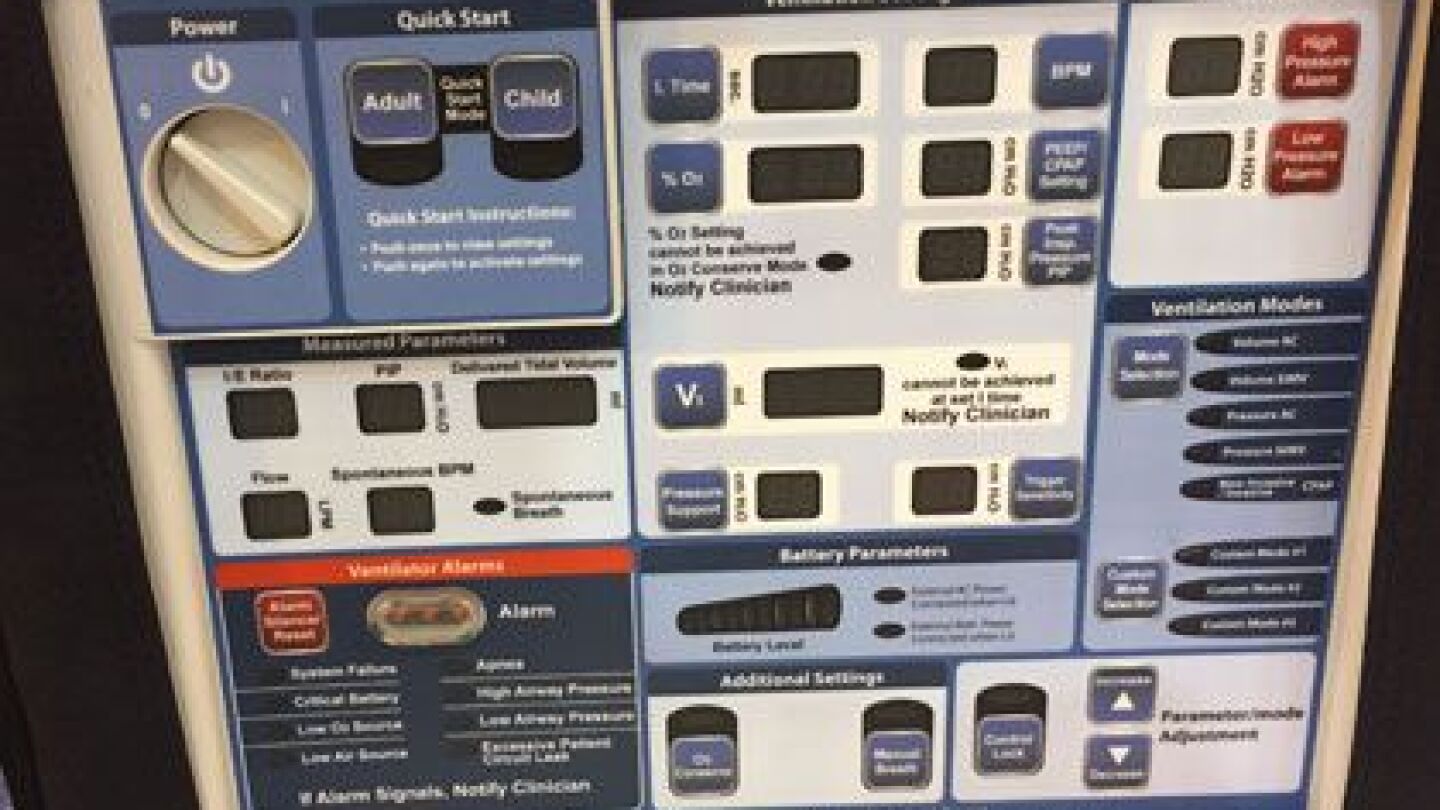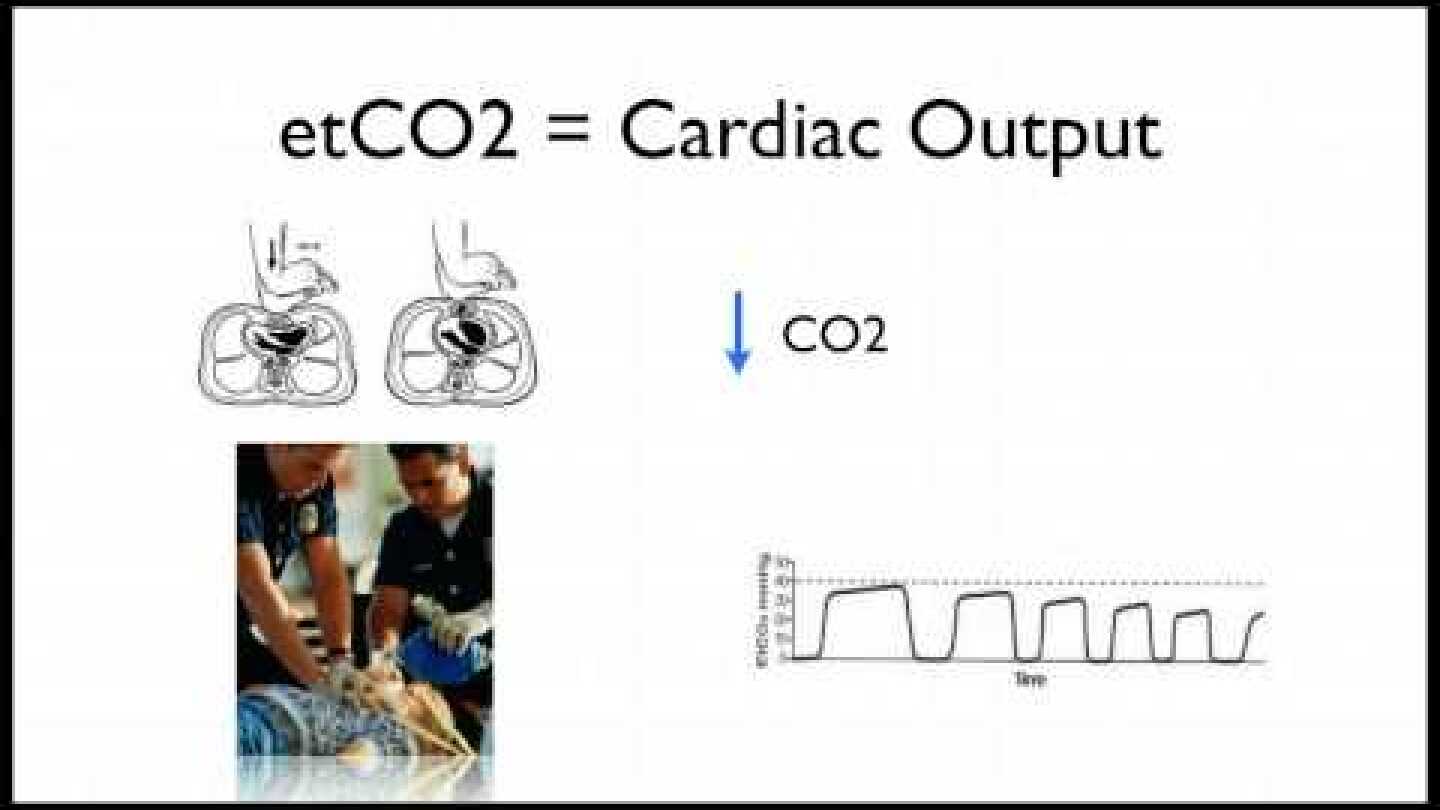Capnography
Discover our directory of articles on Capnography in EMS, designed to equip professionals with the knowledge needed to effectively monitor and interpret end-tidal CO2 levels. This collection covers capnography in various scenarios, including respiratory emergencies, cardiac arrest, and airway management. Understanding capnography is essential for making informed decisions in critical situations. For more insights, explore our resources on Airway Management. Stay informed and improve your patient care with our expert guidance on capnography.
Capnography and ETCO2 monitoring are critical for assessing ventilation, confirming airway placement and guiding resuscitation
Steve Whitehead shares CPAP contraindications
A joint NAEMSP, NASEMSO, NEMSMA, NAEMT, APA position statement prioritizes patient and provider safety
A review of the performance of ketamine in the agitated or excited delirium patient with an acute and potential life-threatening medical condition
Use capnography to guide oxygenation and ventilation derangements in drowning patients
Our co-hosts discuss devices such as video laryngoscopy, capnography and ultrasound in the field
Win the airway with prehospital video laryngoscopy for first attempt intubation
Use these documentation and handoff tips to communicate important patient information to ED and ICU staff unfamiliar with capnography
Learn the signs and symptoms for this significant behavioral emergency and the importance of rapid patient sedation
Realistic training, dedication to management and monitoring, the ability to troubleshoot and competently use available tools are critical to all EMS providers
Anesthesiologists compare mask ventilation adequacy with endotracheal intubation and laryngeal mask airway for pediatric patients
The family of a teen who died after an esophageal intubation has started the ‘Do It For Drew’ foundation to prevent another tragic death
Make every assessment question count using this strategy to quickly assess respiratory patients who are unable to speak in phrases or sentences
You were asked to respond to a coffee shop for a 22-year-old male with increasing shortness of breath following a coughing fit; did you make the right decision?
Explore research findings about the impact of intubation on OOHCA survival and the patient’s neurological status at discharge
EMS providers need to understand the importance of airway management and monitoring for respiratory compromise along with naloxone administration for opioid overdoses
Automatic transport ventilators may improve ventilation rate, tidal volume and oxygenation for patients needing airway management and ventilator support
Temperature, lactate and ETCO2 monitoring may provide field personnel with objective evidence to make a more accurate field diagnosis of systemic inflammatory response syndrome
Quantitative waveform capnography can help EMS providers recognize bronchospasm, spot ventilation derangements, and gauge the effectiveness of therapy
Asthma, a leading cause of respiratory compromise, can be assessed with capnography and effectively treated with BLS and ALS medications
Quantitative waveform capnography can be a reliable surrogate for lactate monitoring in detecting metabolic distress in sepsis patients
Use this information to engage your field providers about how capnography improves patient care and outcomes
The field training officer is responsible for ensuring new paramedics achieve competency with capnography use and interpretation
Now that your system has purchased, trained, developed processes, and implemented capnography; what process do you have in place to ensure this tool is being used as efficiently and effectively as possible?
Understand how using end-tidal carbon dioxide to confirm placement of advanced airways and guide patient care
In-depth insights into the expert recommendations for medications, airway insertion and confirmation, defibrillation and post-arrest care
Understand how waveform capnography can be used to assess and treat ventilation, perfusion and metabolic emergencies in children






















